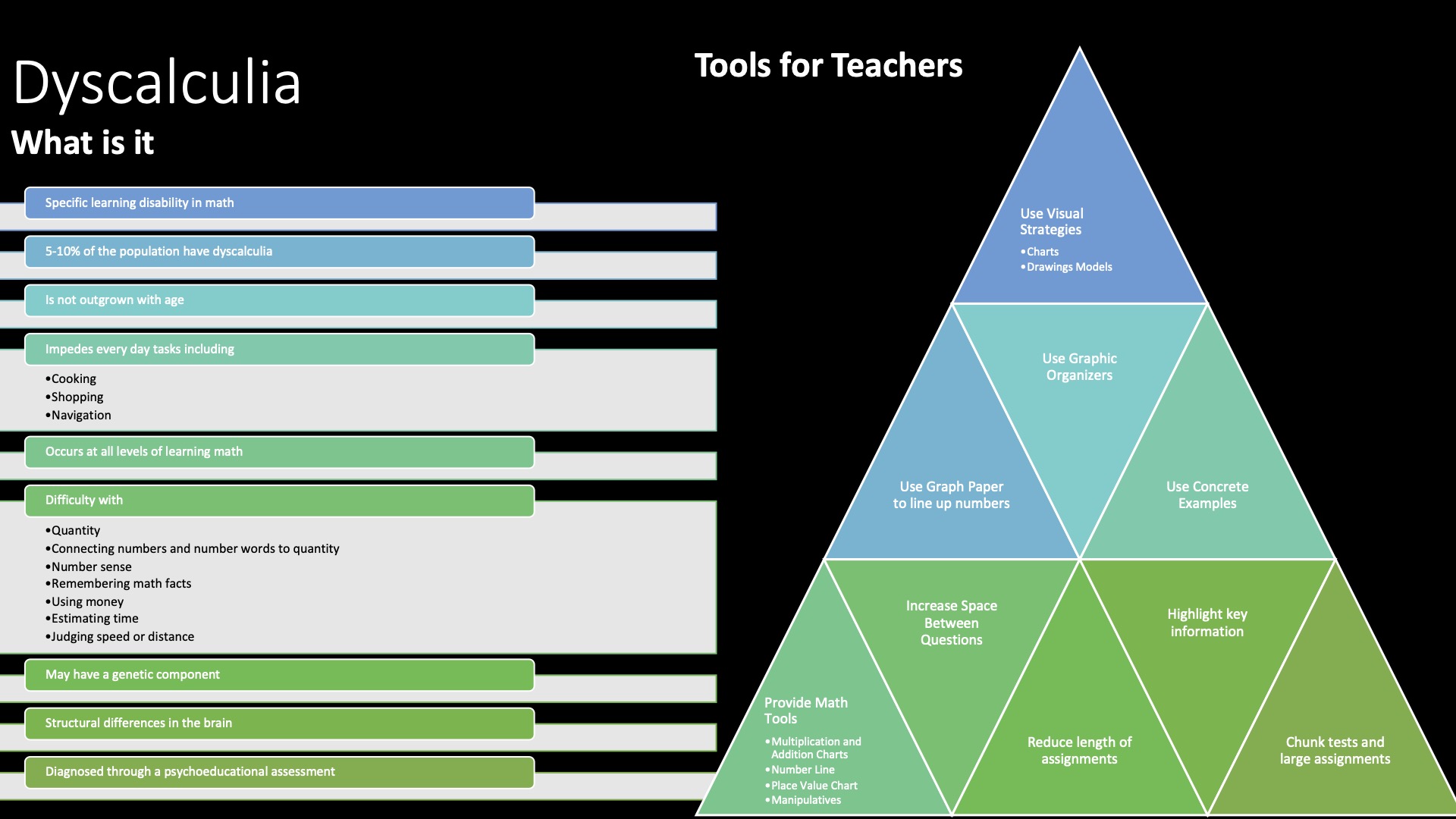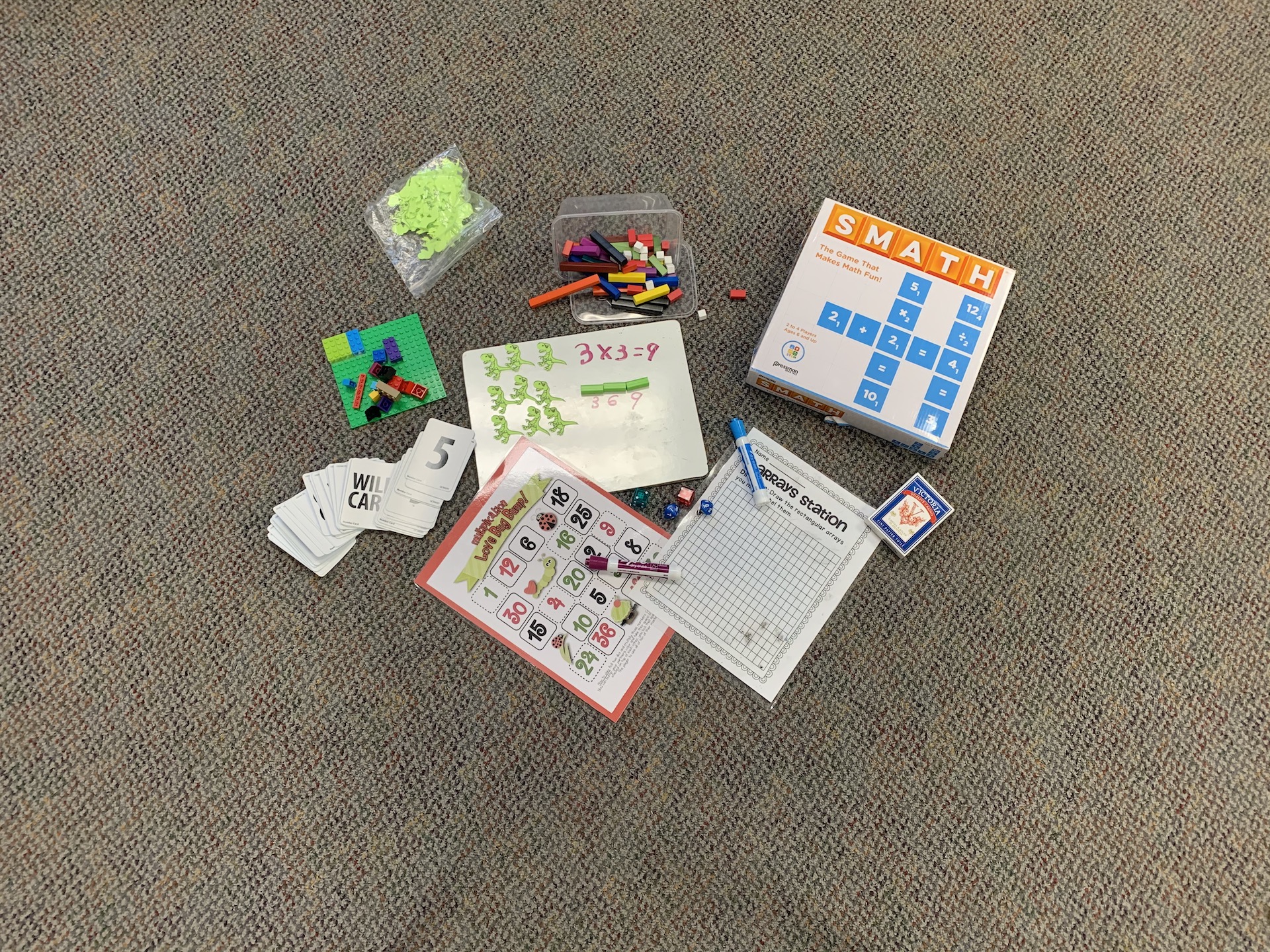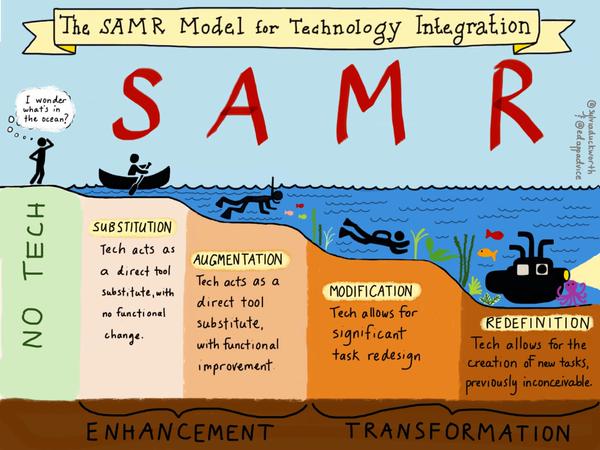After reading https://www.washington.edu/doit/20-tips-teaching-accessible-online-course I had many thoughts.
Reading through the list of suggestions my main take away was to keep things simple, use one online tool to communicate with students where possible and provide multiple entry points for students to tasks. As a student with ADHD and a physical written output disability adaptations and accommodations often felt like more of a wish list and my IEP was a wish list not a must follow. This is something that I really try to be aware of as a teacher because my own experience with accommodation and adaptation was spotty at best. I will never forget the day my English 11 teacher ripped up my typed essay on why animals shouldn’t be in zoos because it wasn’t on lined paper. The teacher had specified that it was to be a 5-paragraph persuasive essay in blue or black ink, as far as I was concerned, I had accomplished that task my essay was 5 paragraphs that proved my thesis statement and was printed in black ink. I realize now that times have changed when that happened to me it was the fall of 2007, and I was 16 years old. I walked out of class crying and took myself to the principal’s office, I had to remain in that teacher’s class for the rest of the semester knowing that my voice and my needs did not matter. So, we adapted at home my mom became my scribe. I thought with my laptop, parent provided because it was well before schools had laptops for student use, I would type my paper and print it then to avoid the power struggle in class my mom would copy out my essay word for word. I considered myself lucky the day a friend’s older sister was in class on her SEA practicum and because the student she was assigned to was absent C spent the block scribing for me, she saw me and what I needed to do well. The problem was my lack of fine motor skills not my thinking process, so she took the difficulty with fine motor skills away.
In my grade 4 classroom many adaptations are made daily for any of my students if it is in my power to make the change, I will do it. I often feel like I am not doing enough that I need to do more to make my class inclusive to differentiate more. Luckily, I have a co-work who reminds me to take a step back and look at the big picture when I get tunneled in on details.
Things I am doing on the list
- Consistent organization
- Shape of the day posted
- Similar order to each day
- Colour coding materials
- Keeping pages simple with clear headings
- Providing audio books when appropriate
- Giving many opportunities to show growth
- Allowing ample time for work
- Offering scaffolding tools to all
- Student math toolboxes
- Using manipulatives
- Providing multiple ways to present knowledge
- Pre teaching vocabulary
- Using mainly black and white for printed texts / limiting colour to images and illustrations
- Using Teams to organize digital assignments
- Pre teaching technical skills before having students use a tool for the first time
I think my own anxiety about enough differentiation comes from a lack of teachers who were willing to do it for me. I presented in class as articulate, I’ve always enjoyed reading and a variety of books and with my lap top I could write. I was taught to type from a young age by my parents, both experienced and passionate educators who saw my lack of fine motor skills as a speed bump instead of the mountain it often felt to me. So, as I finished elementary school and approached high school, I was outfitted with a secondhand laptop lacking any games and taught to type efficiently. Through post-secondary I often typed faster than my peers could hand write.
Now I feel like it is our job as teachers to not only provide students with the tools they need to overcome any gaps but also to help them find where their strengths lie. For me a turning point was when a high school resource teacher told me my ADHD is my superpower and that I could use it for good and it could be my greatest strength if I let it be. While we need to provide supports, we also need to give students the opportunity to find their superpowers because they all have them, our job is to help students harness their powers.
Over all I agree with the statement “an accommodation that supports one often supports all,” many adaptations and accommodations that work for our students do work for the majority. I’ve found many great ideas for adaptations from the RTI network. http://www.rtinetwork.org/essential/tieredinstruction









